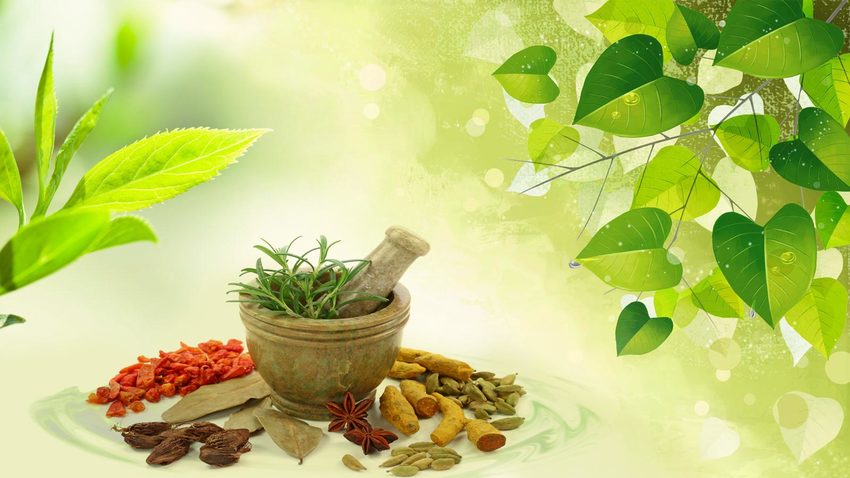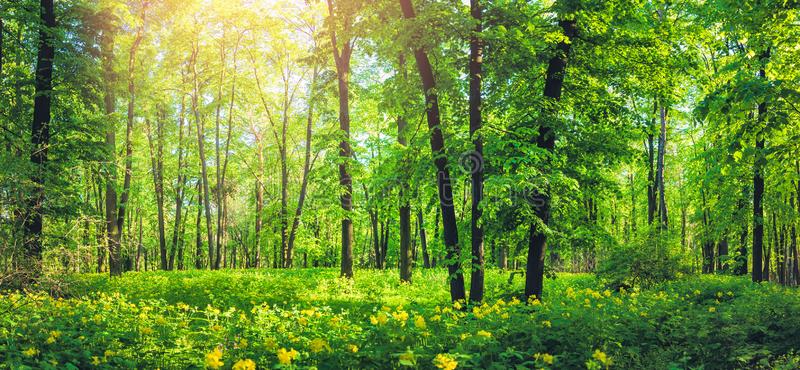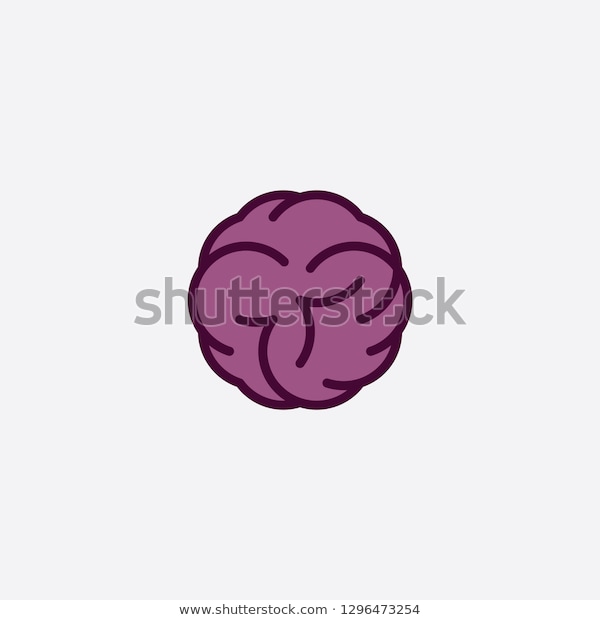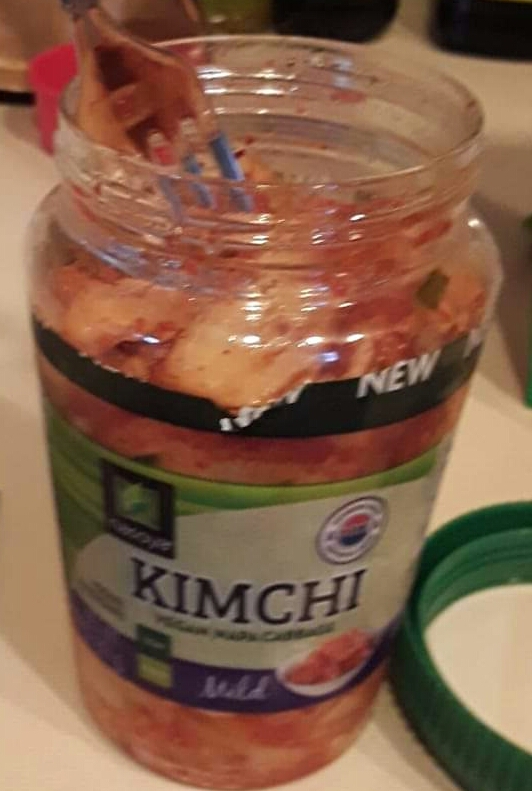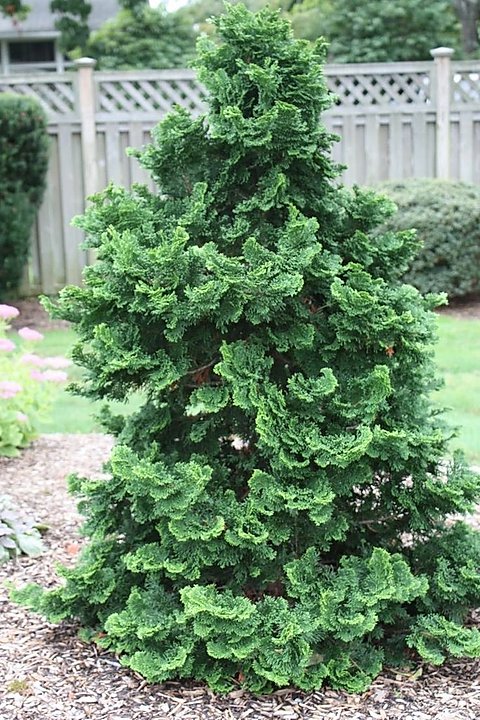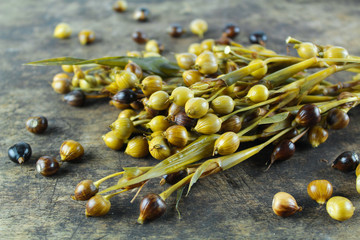Three Classical Text of Ayurveda
5月
25日
1) Charaka Samhita - is the book of internal medicine and includes the eight systems of the body. This also comprises the basic concepts of Ayurveda, the Ayurvedic School of Physicians.
2) Sushruta Samhita - is the book of surgery. This book includes detailed description of surgical instruments and what they are used for, not only surgical instruments familiar to the west, but also eastern instruments such as needles for Chinese acupuncture, for example.
3) Ashtanga Sanraha & Ashtaga Hyridayam - The Hridayam over 7,500 verses, is written in poetry and prose. Both works have been dated about the same time and are believed to come after the Charaka Samhita and Sushruta Samhita. It outlines the sub kapha doshas for the first time with emphasis on treating the physical body.
More information about the Ayurveda classical text is available at The Ayurveda Institute, https://www.ayurveda.com/resources/articles/the-ancient-ayurvedic-writings


